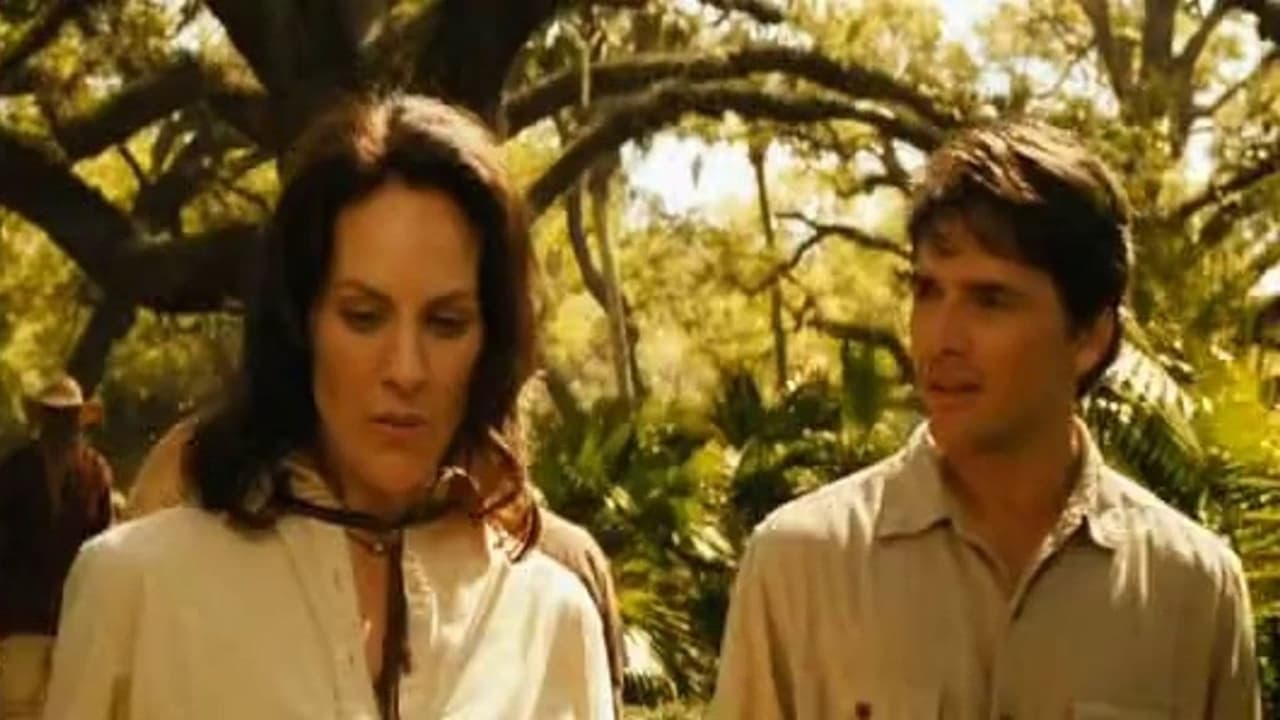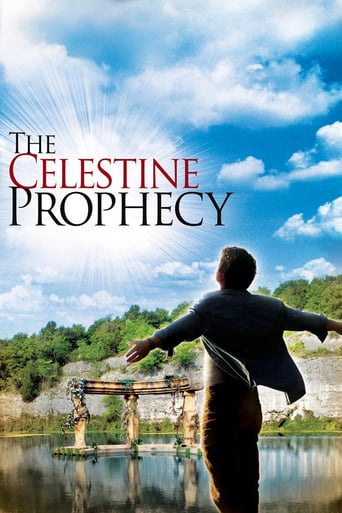

A Masterpiece!
... View MoreWhile it doesn't offer any answers, it both thrills and makes you think.
... View MoreIt’s fine. It's literally the definition of a fine movie. You’ve seen it before, you know every beat and outcome before the characters even do. Only question is how much escapism you’re looking for.
... View MoreI enjoyed watching this film and would recommend other to give it a try , (as I am) but this movie, although enjoyable to watch due to the better than average acting fails to add anything new to its storyline that is all too familiar to these types of movies.
... View MoreWhy am I constantly picking Made for TV movies from the video shop??This movie made no sense. It seemed to be a Christian/Catholic Church anti-New Age rant and witch hunt through the ages, up to the present day. Something to do with a dumb cult prophecy proclaiming Love and Peace Forever dude! The main character spends the entire movie wandering around completely lost, and things just happen because other characters said so. Everything that happens is one boring coincidence after another. And for a guy who knows nothing about New Age/cult religion, he somehow manages to learn in record time how to make himself invisible to the bad guys not once, but twice. While standing in full view of them.Sigh.Also accompanied by mythical sounding music and filters over the camera lenses to make stuff "glow gold-like". With rainbows, waterfalls and fluffy white clouds in the background.Whatever.I felt like I was watching some kind of hoaky religious cult flick.Facepalm. Shake, shake, shake.
... View MoreI would give the film a 10 if the quality of the film were better. This is not to say that the quality was not good; it was good, but not excellent. Nevertheless, the message of the film is very important and directs our attention to a possible future we can share if positive energy is exchanged. It also points at a present time that many share because of widespread hatred and fear.I read the book years ago, and liked it very much. I did not know until recently that a movie was made. I just finished watching it.The way the film makers showed energy being exchanged is the way I imagined it while reading the book. I do not see, visually, energy with my eyes, but I feel it, much the way Margorie said to John that she could feel it. It is so true; the way people give and take energy, and the way it affects them. In this way, and many other ways, the movie was right on.Once I was able to look beyond the actors' personal realities that would sometimes show through the cinematic cracks of the film, I was able to appreciate the intent, much the way I did when reading the book.If the film is watched in a way that compares it critically to typical, Hollywood style, sensationalized films it will naturally be disappointing. The messages are there, throughout the film, and I think it's important to watch the film for that reason, looking for the messages, the intent, and getting the benefit.Art
... View MoreYou know there are movies that are really good, but are quite low rated because most of the people who watched them did not really get it and couldn't swallow the intellectual deepness which is sometimes hidden in symbolism. Like for example Eden Log, "9", Watchmen or La planète sauvage a.k.a. fantastic planet. I thought that this movie could be one of those. But I failed. I haven't read the book and I won't because of this movie. And now something that I always say about movies that are based on books: "Maybe the movie isn't that bad, possibly it's an awesome adaption, but maybe it's just the book that's a big load of $h**."Now about the movie itself: The story was told in a confusing way. The situations were not realistic, but that kind of sci-fi unrealistic - it was just nonsense. The acting and the lines were bad. The music was something like what I used to listen to easier fall asleep some years ago. The whole plot and actions were not believable. For example: Character 1: Look between your fingers, now you can see the energy floating between them. Character 2: OK now I can. And he could through the whole movie! What a mess! Like "oh now you have a superpower" "oh you are right - now I have it" .... And the whole film is like that... "Oh there are cryptic signs that nobody is able to read." "Oh wait now I can read them because I believe I can."... I'm sorry I'm someone who is not some kind of a scientist-man, I know a lot about spirituality, Buddhism, meditation, mysticism and different esoteric things but man - you gotta at least try to give a someway reasonable explanation, but what was way too much even for me.Simply don't watch, it's not worth your time. And it will probably ruin your point of view about spirituality which this movie is certainly NOT about... It's more like some kind of I believe I can superhero magic without explanations.
... View MoreI never read the novel, but you don't need a high IQ to follow the storyline and the message this movie conveys. So I don't understand some of the whiny comments about "confusing". Go back to your cartoons. While we are bombarded with fast-paced, foul-mouthed and nerve-ripping action movies left and right, this movie is a breadth of fresh air like in the lush green Peruvian rainforest! A movie experience should not only grab your eyes but also penetrate your brains.All the actors are wonderful in this movie, however, the ones who stand out are Annabelle Gish and Thomas Kretschmann. There's incredible chemistry between those two. Matthew Settle did an excellent job, too. After seeing this movie, I now want to read the book.
... View More